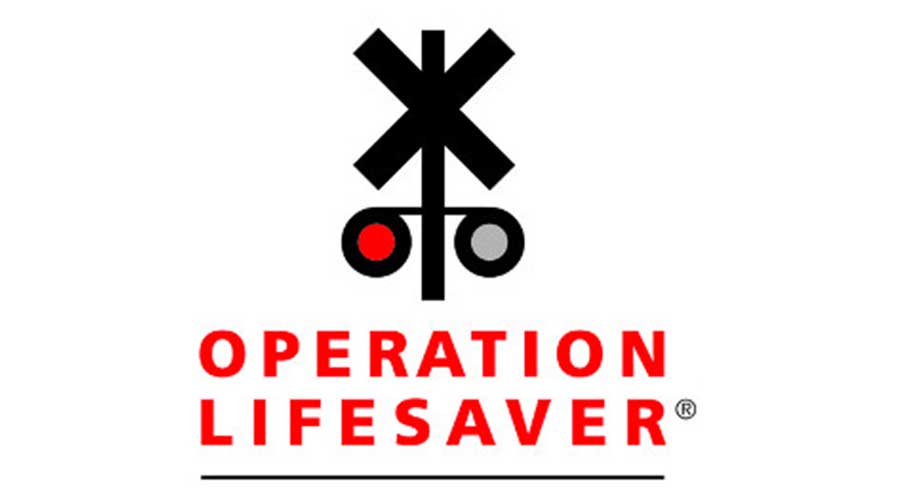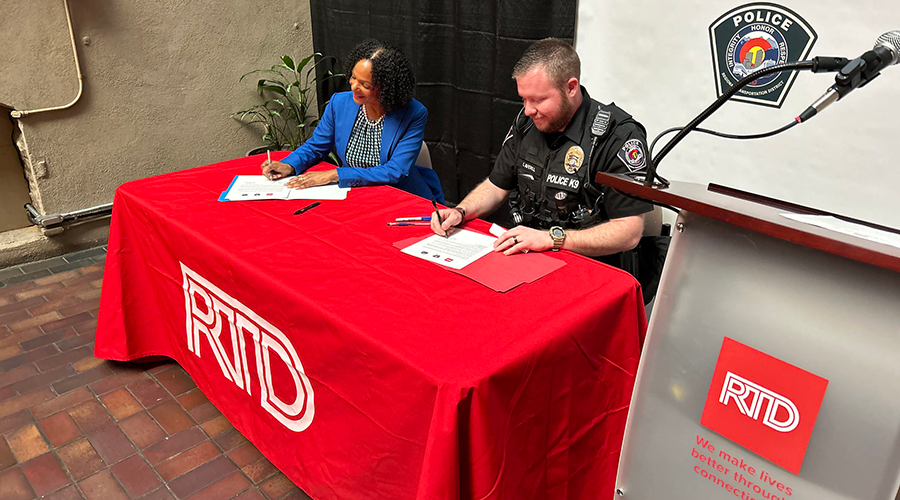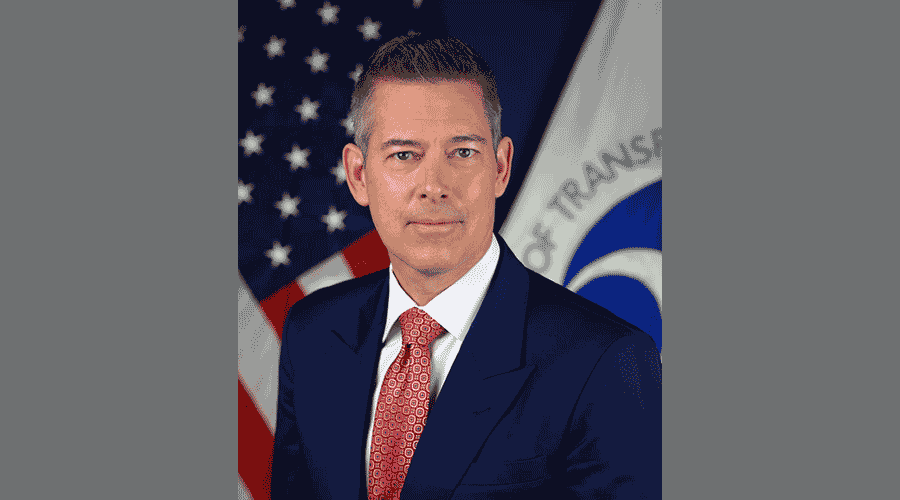Stay updated on news, articles and information for the rail industry
12/9/2015
Rail News: Passenger Rail
Sound Transit releases studies for potential projects for next ballot measure
Sound Transit planning staff late last week unveiled detailed analytical results for potential projects that could be included on agency's November 2016 ballot measure.
The results document options for more than doubling the reach of Link regional light-rail system and realizing the area's "longtime vision of a congestion-free transit spine," Sound Transit officials said in a press release.
The agency will use the results to inform discussions in the coming months about the investment and size of the draft ballot measure, which is known as Sound Transit 3 (ST3).
For the studies, Sound Transit examined key decision factors for shaping the ST3, including estimated costs and ridership for each project, as well as other benefits and assumptions.
In August, Sound Transit's board identified the candidate projects for further study after holding public meetings, hosting an online survey and consulting with local government officials.
"To meet the mobility challenges of our rapidly growing region it is our job to work out the right level of investment and mix of projects for the public to consider," said Sound Transit Board Chair Dow Constantine. "The decisions we make over the coming year will shape our region for generations to come."
At a workshop last week, Sound Transit's board discussed a range of potential investment levels for the draft measure that it will release for public input. The measures will be funded in part by new taxes that the Washington state legislature and governor authorized the agency to propose to regional voters, including sales tax, car tab tax and property taxes that could generate approximately $15 billion in revenue for the agency in the first 15 years.
Other ST3 funding would come from federal grants, bonds, existing taxes, fares and other sources, Sound Transit officials said.
The board and its committees will discuss priorities for the ballot measure at meetings in January, and continue to shape the draft plan during meetings in February and March.


 LRW Honors Amtrak’s Acheson As Railway Woman Of The Year
LRW Honors Amtrak’s Acheson As Railway Woman Of The Year
 From Editor-In-Chief Foran: Of Gender Equity And Inclusion
From Editor-In-Chief Foran: Of Gender Equity And Inclusion
 Spotlight On Some Of Today’s Rail Safety Products
Spotlight On Some Of Today’s Rail Safety Products
 Women of Influence in Rail eBook
Women of Influence in Rail eBook
 railPrime
railPrime







